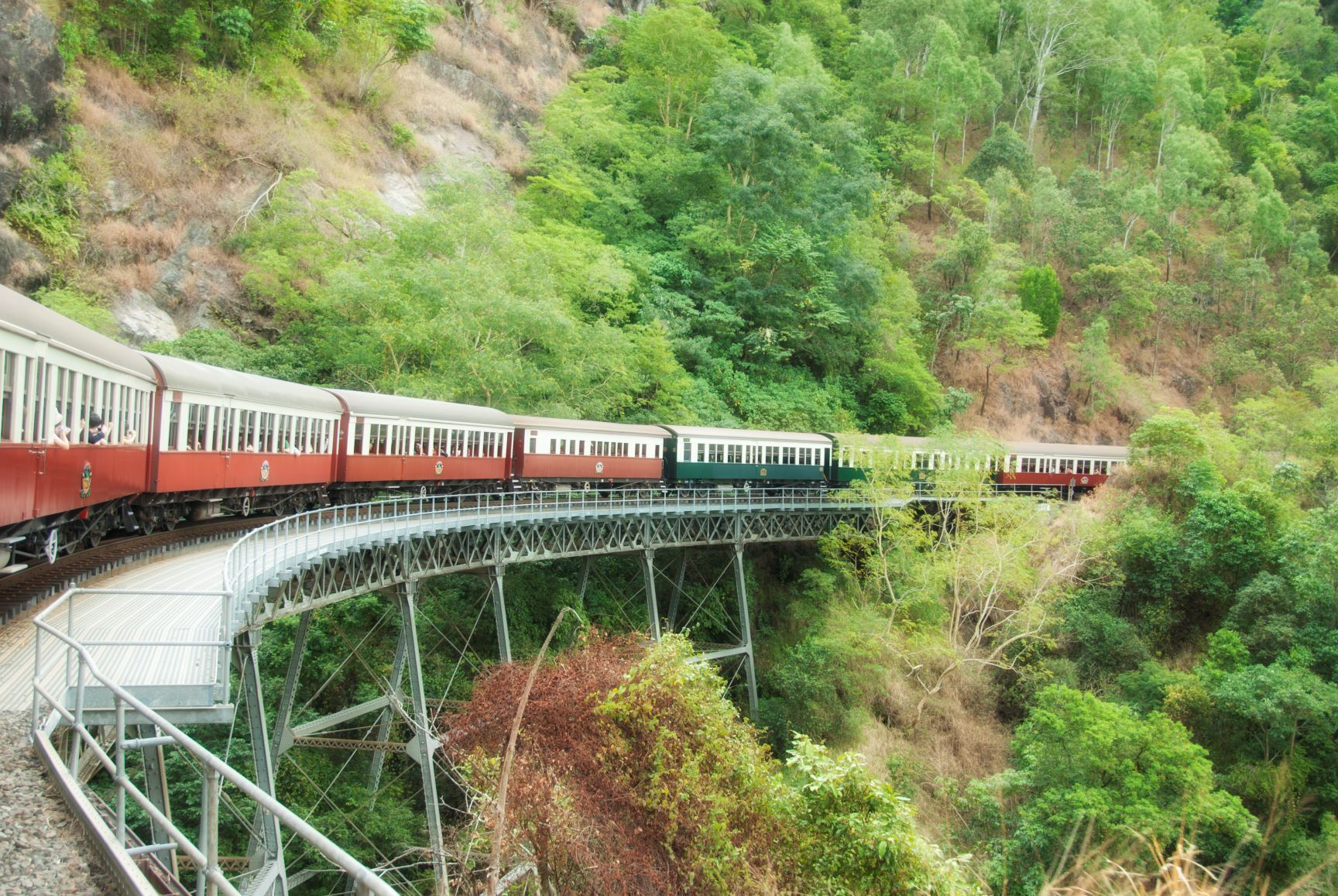The Cairns property market presents an opportunity for investors to make their mark in Australia’s most unique city. Cairns is quite unlike other Australian property markets because this relatively small city has the global reputation of Sydney, the lifestyle of the Gold Coast and natural beauty unlike any other city in the world. It’s a cosmopolitan tourism mecca disguised as a town. Cairns is the “unofficial capital” of North Queensland and has all the capital city culture, with none of the capital city clutter. Here’s everything you need to know about life in the top end.
What is the current, and projected, state of the Cairns property market?
In a word? Exciting.
Cairns is being described as the absolute powerhouse in terms of emerging property markets in Australia. After a considerably time of negative growth, Cairns now happily reports a median price of $607,000 – up a staggering 8.5 per cent in the last 12 months and more than 50% in the last five years. Part of Queensland’s post-lockdown boom, Cairns continues to be among Australia’s healthiest property markets.
Over the last five years, Cairns has seen healthy recovery and a demand for workers unseen prior to Covid. They’re crying out for staff – and unemployment is at the lowest rates it’s seen in recent history.
Cairns has several major projects underway, including large tourism infrastructure builds. These are aiding the current economic boom now, and will grow it into the future.
What is there to know about Cairns?
Cairns is Australia’s sixteenth largest city and the nation’s fifth-busiest airport. Cairns airport sees about 5 million passengers per year, speaking of its tourism potential. Cairns is considered to be Australia’s gateway into Asia and this, again, speaks of untold opportunities for growth and expansion. Cairns International Airport is just few hours from major international destinations, so is seen as “the Hong Kong” of Australia – great for trade, for a fast vacation, complete with Reef tours, stunning rainforest and some world class golf courses.
Cairns is also home to a major seaport, a number of unique on and offshore attractions for tourists, world-class event hosting and business conference facilities, universities and agricultural assets.
Who is moving to Cairns?
Population Australia provides some interesting data on just who is moving to Cairns – and who is staying!
Cairns is Queensland’s 5th most populated city with population over 150,000. Cairns region has experienced an average annual growth rate of 2.3% over the last 10 years. Two thirds of Tropical North Queensland’s population growth is accommodated within the Cairns region.
According to census, the main occupations of people living in Cairns City are 20.9% Professionals, 19.6% Managers, 12.0% Sales workers, 11.0% Community & personal service workers, 11.0% Clerical & administrative workers, 9.1% Technicians & trades workers, 8.8% Labourers, 4.7% Machinery operators & drivers, 2.9% Occupation inadequately described/ Not stated.
The main industries people from Cairns work in are 20.7% Accommodation and food services, 11.6% Retail trade, 10.3% Health care and social assistance, 6.4% Transport, postal and warehousing, 5.9% Public administration and safety, 5.1% Administrative and support services, 5.1% Professional, scientific and technical services, 4.7% Education and training, 4.6% Rental, hiring and real estate services.
What attractions are there in Cairns?
As previously mentioned, there are a large number of on and off shore attractions that are driving tourists and new residents to Cairns.
- The Skyrail Rainforest Cableway offers a nearly 8km ride in an enclosed gondola over the top of beautiful rainforest canopy. There are walks at two stops along the way.
- Kuranda Scenic Railway. This railway tour opened in 1891 and is still going strong. Classic cars travel through protected tropical rainforest.
- Palm Cover. This is a beachside suburb of Cairns (about 27km north of the city centre).
- Rainforestaion Nature Park. There are two outdoor venues (veggie and BBQ buffet) that are set in the lush tropical gardens of a wonderful nature reserve.
- Barron Falls. 250m waterfall cascading down into the Barron River.
- Fitzroy Island. This is a lush tropical island with beaches, a world-class resort and rainforest hiking trails.
- Barron Gorge National Park. Rainforests, waterfalls and world-class views.
- Australian Butterfly Sanctuary.
- Esplanade Lagoon in Cairns offering family-friendly relaxation and entertainment.
- Cairns ZOOM and Wildlife Dome. This is incredible! A wildlife park complete with zip lines and rope climbing along with interactive wildlife shows.
- Birdworld Kuranda. A nature park with birds, mammals, butterflies and rainforest.
- Cairns Botanic Gardens. Here, guided and audio tours are offered at a wonderful botanical garden with a notable tropical plant collection.





